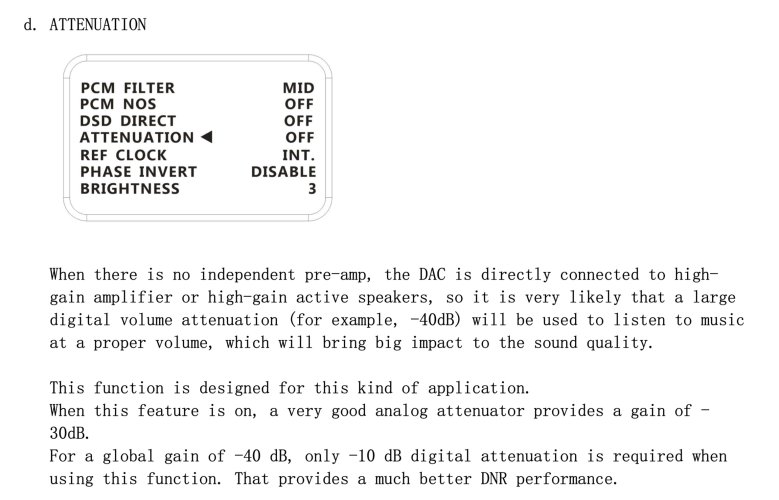Just to clarify, you are doing streamer via IIS to Laiv uDDC, then IIS out to R26?
Yes, exactly, I'm using a WiiM Pro via coax into the Laiv Harmony µDDC, and then I²S out from the µDDC to the R26.
That combo works beautifully. The µDDC reclocks and isolates the signal, and feeding the R26 via I²S really brings out its full potential, much better precision, layering, and spatial realism compared to direct coax or LAN input.
@SpursForEver
From my own experience, replacing standard fuses with HiFi-Tuning Supreme³ models didn’t “move” sound sources physically, but it changed how clearly and cleanly spatial cues are rendered. In particular:
- Stage height increased because upper frequencies became more refined and less grainy, allowing ambient reverb and spatial reflections to “rise” more naturally.
- Low-level detail became easier to follow — subtle decays and trailing harmonics gained more air and separation.
- Layering improved because transients were better outlined; instruments didn’t smear together but stayed locked in their respective spatial “zones”.
I didn’t expect these effects, and I was sceptical at first. But after optimizing everything else in my chain (power, cables, isolation, source), the fuses brought the kind of subtle yet audible difference that adds realism, like swapping from a good standard HDMI to something like AudioQuest Vodka 48.
No, the fuse doesn't alter transducer position — but it affects noise, transient behaviour, and microdynamics, which your ears and brain interpret as spatial clarity.
If your system is already well-dialed in, these changes can be surprisingly noticeable.



























